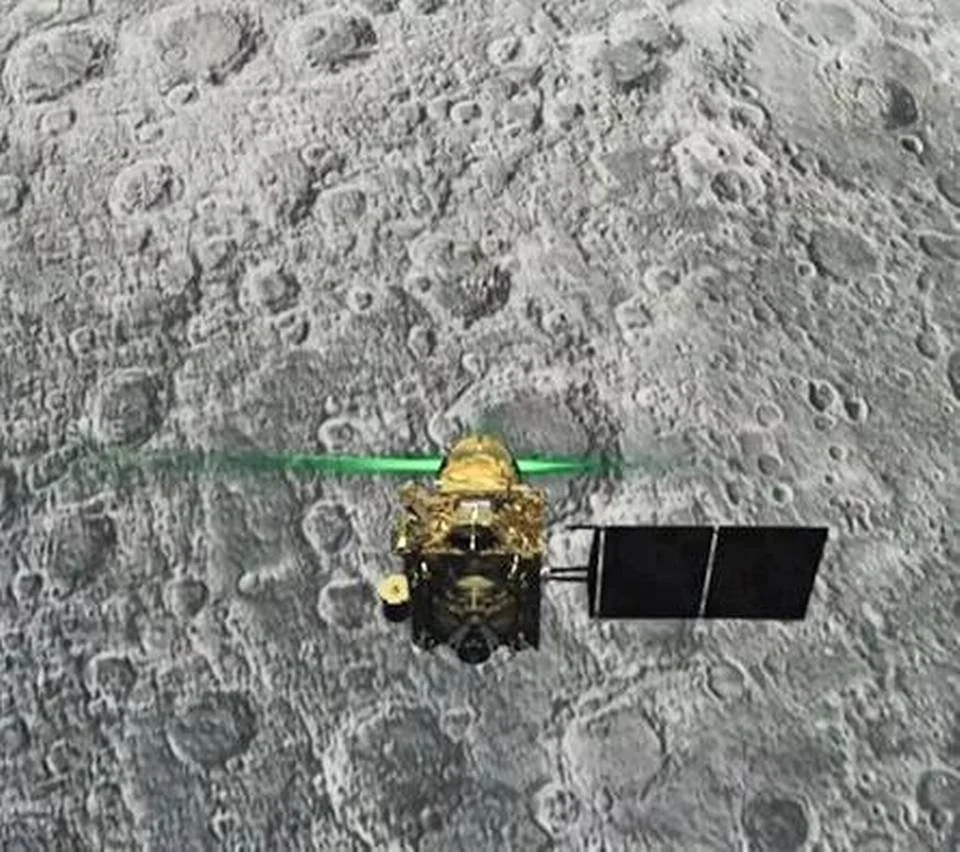The Canadian lunar rover could soon help reveal the far side of the moon. The country's first moon rover is set to put the Canadian Space Agency at the forefront of space exploration, helping in the global search for frozen water on the celestial body. NASA says the moon takes about 27 days to complete a full rotation on its axis as it orbits earth, leaving the same side visible from the ground at all times. As a result, the far side remains little understood and unexplored.
Lunar rover: A look at Canadian tech bound for the moon
Located in Bolton, Ont., Canadensys Aerospace is starting to engineer and build the rover to explore the moon for water ice as part of an international mission that’s been ongoing for decades. One of the payloads, provided by Bubble Technology Industries from Chalk River, Ont., can detect iron and calcium and the presence of hydrogen that can help scientists locate water ice. Besides building the rover, Canadensys will create three payloads: a Lyman-Alpha Imager to identify surface water ice, a Multi-Spectral Imager to identify minerals on the moon, and an MSI-Macro to collect similar data through mineralogy but with a higher resolution. Radiation will be measured with a device from Teledyne DALSA, a Waterloo, Ont. company. "We've got two objectives really," Sallaberger said. "The engineering side… preparing for eventually larger rovers and human missions. But on the scientific side, the main goal is looking for water." For humans to live long-term on the moon, there needs to be a sustainable water source. Sallaberger says the moon's south pole is likely to have water ice in the shadowed craters.
Chalk River, Ont. company heading to the moon in search of water
A relatively unknown company in the Ottawa Valley will be part of a team that is sending Canada's first-ever lunar rover to the moon in 2026. Bubble Technology Industries (BTI) in Chalk River is designing a device that will attach onto the rover and search for water or ice as it drives across the moon's surface. "Our system is specifically being designed as a radiation detector with the primary purpose of detecting water at the South Pole of the moon," says Scott MacEwan, a research scientist at BTI.
Australia is putting a rover on the Moon in 2024 to search for water
The ten-kilogram rover, measuring 60x60x50cm, will be launched on board the Hakuto lander made by ispace, a lunar robotic exploration company based in Japan. The rover itself, also built by ispace, will have an integrated robotic arm created by the private companies Stardust Technologies (based in Canada) and Australia’s EXPLOR Space Technology. Using cameras and sensors, the arm will collect high-resolution visual and haptic data to be sent back to the mission control centre at the University of Technology Sydney. It will also collect information on the physical and chemical composition of lunar dust, soil and rocks - specifically with a goal of finding water. We know water is present within the Moon’s soil, but we have yet to find a way to extract it for practical use. The big push now is to identify regions on the Moon where water sources are more abundant, and which can deliver more usable water for human consumption, sample processing, mining operations and food growth.





